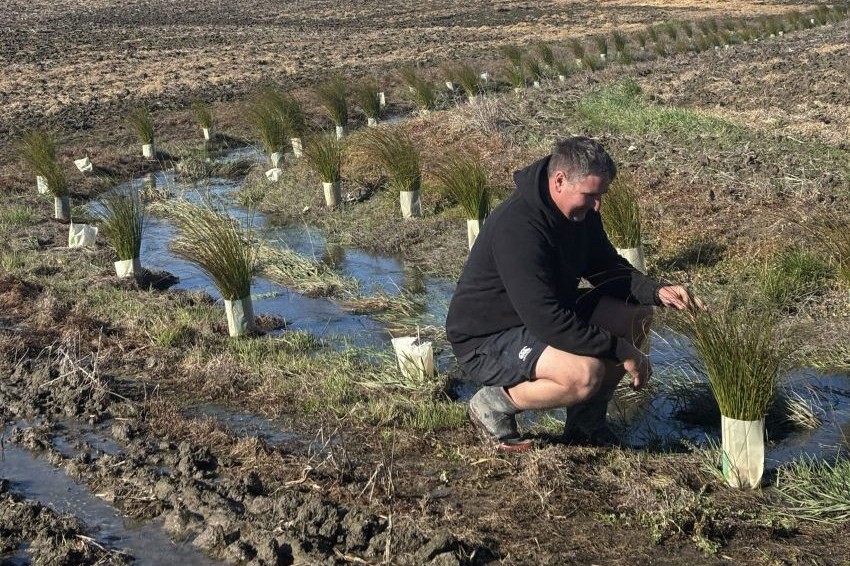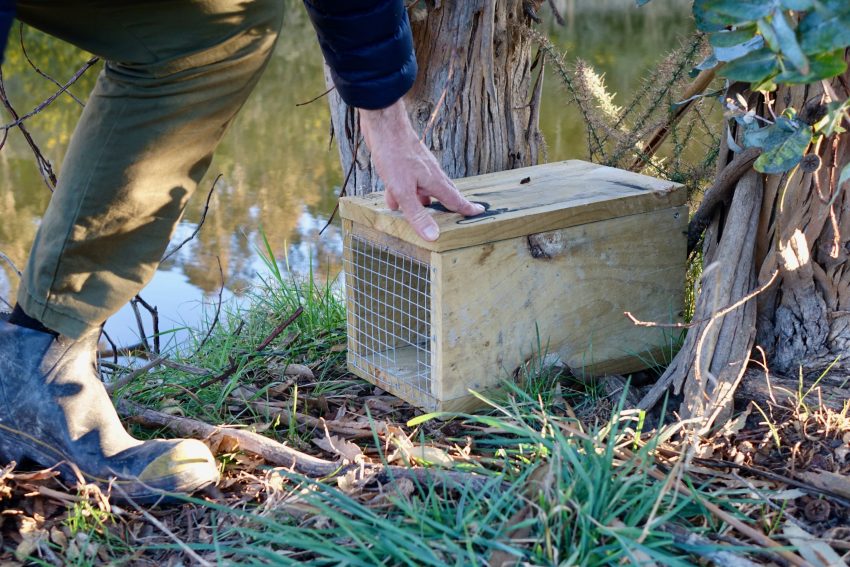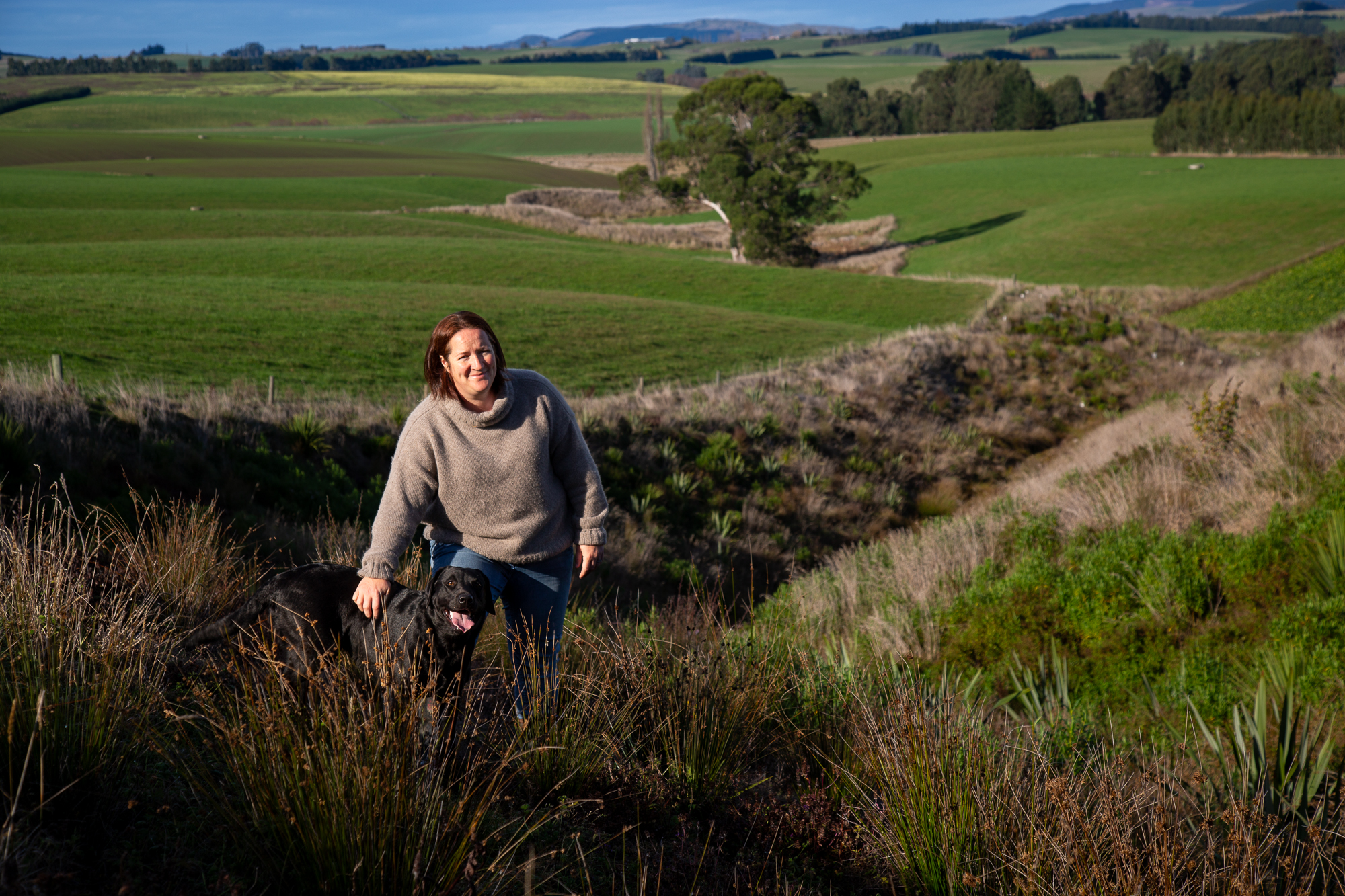Smart tactics help make every nutrient count
With on-farm cost pressures looking to continue for at least the foreseeable future, it’s expected that the squeeze on all farm inputs, including fertiliser, will endure through 2024. Words by Dr Ants Roberts

It’s now even more crucial to help farmers make every bit of fertiliser that they can afford count toward farm productivity goals.
First up, it’s important that farmers don’t necessarily keep doing the same thing they’ve always done. This is a good time to sense check what you are doing around nutrient management and when fertiliser advice will be invaluable.
Whether that’s your fertiliser rep or a private farming consultant, good advice is golden. Fertiliser reps aren’t just there to sell fertiliser – they’re experts in soil fertility.
Any advisor you use should recommend a comprehensive testing programme and the 4 R’s – Right product, Right rate, Right place and Right time. Ensuring farmers get the most out of their fertiliser investment.
It’s best to test
It’s important to understand your soil nutrient trends over time, because climatic and biological factors mean soil tests are variable from year-to-year and place-to-place. Soil testing isn’t required every year, but what you’re trying to ensure is that the soil nutrient levels are at the target economic levels for your farm system. As every farmer should know, soil testing is used to help understand what nutrients are required to promote plant growth.
This is particularly the case for the clover component in the pasture, as it faces strong competition for space, light and nutrients from the other plants that are growing alongside it. Having a good soil testing programme allows for a more targeted approach.
We can apply nutrients to increase fertility of blocks with below target fertility, maintain blocks at the target fertility level, and withhold application from blocks above target fertility levels for the farm system. When you understand the soil fertility at this level, it creates opportunities for farmers to ‘rob Peter to pay Paul’. In conjunction with soil testing, we recommend herbage testing, and animal tissue testing as well.
If farmers want to look across the whole range of macronutrients and micronutrients, having all three pieces of information provides a much better decision-making basis and helps ensure you apply the right nutrients at the right rate. Major and trace nutrients are an important part of a healthy productive soil. It might be tempting to skip the cost of testing, but a relatively small outlay can lead to significant rewards in terms of productivity, profitability and also your environmental management.
The clover-only herbage test is particularly important if farmers are looking for a molybdenum or a boron deficiency in the clover. If that’s the case, the results of a clover-only test will provide the evidence needed to make informed nutrient decisions. It pays to be wary of anyone advising to use a mixed herbage test to determine molybdenum or boron deficiency. Clover is the calibrated indicator plant for these essential trace elements.
Calibrating to New Zealand farm systems
Tests provide good and accurate information, but the testing methodology needs to be fit for purpose. It’s imperative that any soil, herbage and animal tissue testing is calibrated to New Zealand soils, plants and farm systems.
There are plenty of alternative tests floating around that are not calibrated to New Zealand conditions and, in our experience, they’re not useful.
Variable rate spreading has invariably good results
During times of economic headwinds, a variable rate fertiliser strategy comes into its own. There’s no point having a robust soil testing programme if you don’t use the information to inform your fertiliser programme.
Hill country farms are diverse landscapes, with a range of factors which contribute to large differences in pasture productivity. The more productive areas that are carrying more stock, have higher fertiliser requirements, compared with less productive areas carrying less stock. Precision application technology now exists to apply nutrients more accurately, at a variable rate based on differences in productivity and nutrient requirements.
Through applying variable rates and types of nutrients there is significant potential for hill country farmers to improve production and/or profitability. Using a nutrient budget and econometric modelling can help ensure you are applying the right rates and types of nutrients in your variable rate fertiliser plans. It’s great to see farmers using tools like HawkEye to assist in accurate variable rate spreading and recording.
Computer controlled precision applications ensure nutrients are applied in the right place where they are needed and avoid areas where nutrients would be wasted or environmentally damaging.
Advice, testing and planning are key to productivity
I encourage any farmer who is re-thinking their approach to soil fertility to head over to the Fertiliser Association website for the free booklets available, including “Fertiliser Use on New Zealand Sheep and Beef Farms”. Remember, fertiliser reps aren’t just there to sell fertiliser – they’re experts in soil fertility.
New testing method unlocks healthy soil
A study arising from a partnership with Ravensdown, AgResearch and Nga-i Tahu Farming, has created a benchmark approach to testing the health of soils. The study, funded by the Our Land and Water National Science Challenge, assessed the quality of soil at Nga-i Tahu Farming sites in Canterbury against a suite of metrics designed by AgResearch and Ravensdown.
Dr Ants Roberts, Ravensdown’s chief scientist, and an author of the study, says the new, holistic testing approach provided a greater in-depth analysis of soil health compared with just testing for nutrients at the different sites. “We developed a suite of tests with AgResearch that gives a more comprehensive assessment of the soil, allows effective long-term monitoring, and can be easily rolled out onfarm. “The results give Nga-i Tahu Farming a clear and functional picture of soil health at each site that hasn’t previously been available.” The study tested samples from five different sites, including forestry and irrigated dairy pasture that had been converted from forestry only a few years earlier. The tests evaluated soil fertility, organic matter, soil physical condition, and biological activity.
The study found a wider range of indicators can help to better understand and manage soils across all pasture systems, to help ensure well-functioning and productive soil. Roberts says soil health can be difficult to gauge because of the differences across soils, and range of factors that contribute to healthy soil. “Good soil is the lifeblood of any agricultural practice, but all soils are different. Understanding where to start and what to measure can be difficult. “You might test phosphorus availability and find that it’s low, but you won’t know that the soil is also compacted, which means nutrients aren’t the full answer to plant production.”
Roberts says the new approach avoids that problem, and Nga-i Tahu Farming’s sites offered the perfect case study to test it. “Comparing results from the different sites meant we could confirm the method was able to identify the needs of different soils and catch any complexities. “The results can help Nga-i Tahu Farming develop, model, and implement strategies to improve the soil while avoiding possible adverse effects.”
Nga-i Tahu Farming general manager Matthew Keen says the study has provided the company with an in-depth assessment and allowed further insight into improving environmental outcomes and enhancing soil health at its North Canterbury sites. “Building healthy whenua and soil is the backbone to much of the work we are doing at Nga-i Tahu Farming, particularly at Te Whenua Hou Te Whenua Whitiora (The New Land, The New Horizon), where we have committed to rebuild the soil for future land use optionality and protect our wai and mahinga kai gathering sites.
“We believe that measurable scientific solutions, such as those delivered by this study, will provide us with long-term benefits as we continue our work towards achieving a more sustainable farming system.”
Listen to the podcast:
When you are looking at putting the axe through on-farm costs, one of the biggest items that is under scrutiny is fertiliser.
To balance your decision making, take a listen to how a farmer and soil scientist recommend how to reduce your spend on fertiliser without sacrificing soil fertility.




